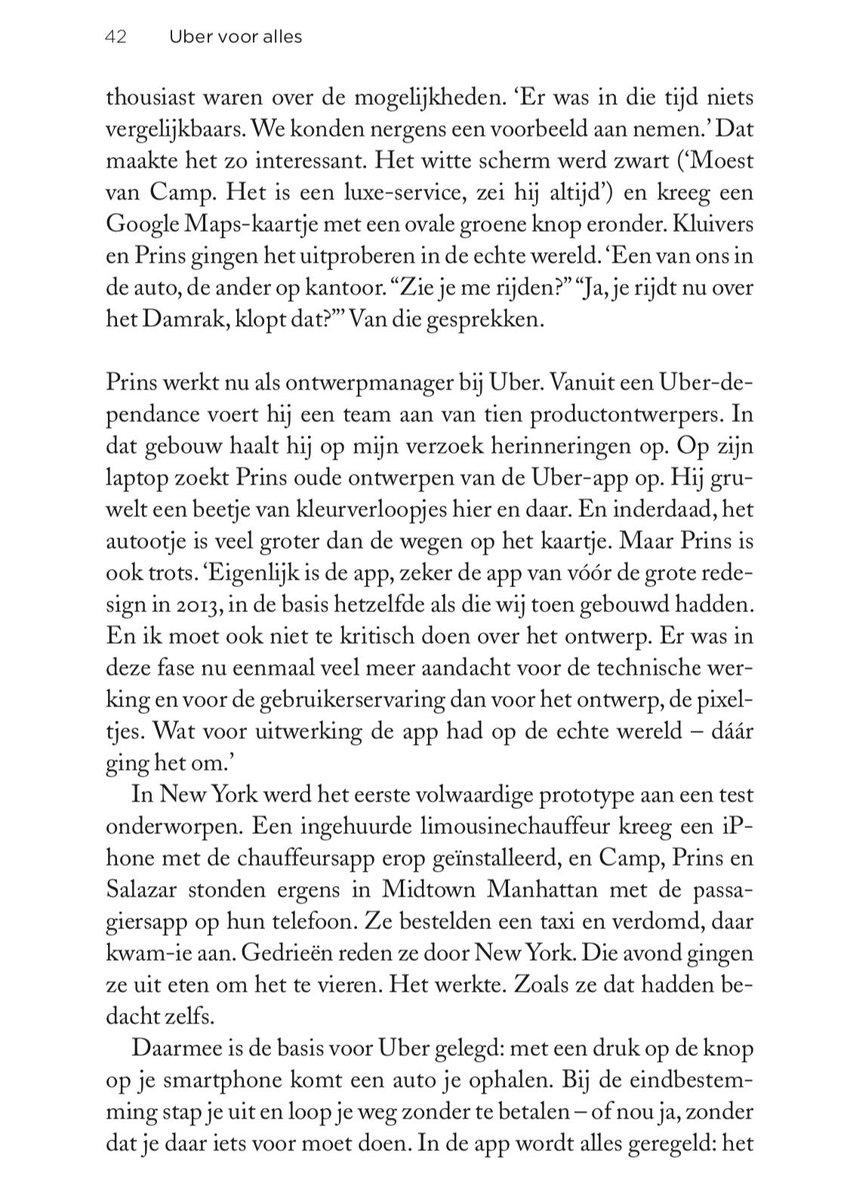VF travails with WeWork & Uber well understood but Didi/Grab marks and the Sprint outcome might be pivotal for Softbank/VF.
Plans w/in plans. 😀
Sidenote: The VF always made me think of the aphorism that if you owe $Xm the bank owns you, but if you owe $100xm you own the bank. Just unclear who the bank is in this analogy!
Anyways, a return to unit economics and generating cash at scale will be great for the venture ecosystem.








